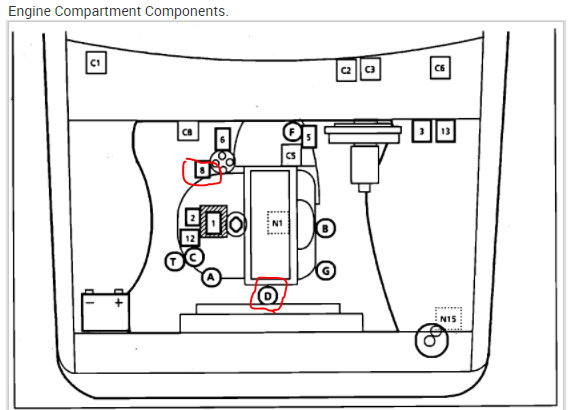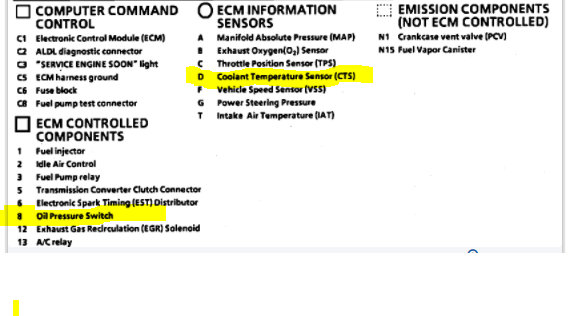Hi,
I noticed it has been a few days since you were contacted. Has any progress been made? Also, a backfire is usually caused by a rich fuel mixture.
Here is what I suggest. If you haven't already, check for codes. This vehicle has an obd1 system. It doesn't require a scan tool to retrieve codes. All you need is a short jumper wire or even a paper clip. Here is a link showing how it is done:
https://www.2carpros.com/articles/buick-cadillac-chevy-gmc-oldsmobile-pontiac-gm-1983-1995-obd1-code-definitions-and-retrieval-method
If you find codes, let me know what they are. As far as running rich, oftentimes you will see black or gray smoke from the exhaust.
If you haven't checked fuel pressure, check that as well. Here is a link that shows how it's done in general:
https://www.2carpros.com/articles/how-to-check-fuel-system-pressure-and-regulator
Here are the directions from my manual:
___________________________________________________
1992 Chevy Truck S10/T10 P/U 2WD L4-151 2.5L
Fuel System Pressure Test
Vehicle Powertrain Management Fuel Delivery and Air Induction Fuel Pump Fuel Pressure Testing and Inspection Component Tests and General Diagnostics Fuel System Pressure Test
FUEL SYSTEM PRESSURE TEST
PROCEDURE
- Turn engine "OFF" and relieve system pressure.
- Plug THERMAC vacuum port on TBI.
- Uncouple fuel supply flexible hose in engine compartment. Install fuel pressure gauge between steel line and flexible hose.
- Tighten gauge in line to insure no leaks occur during testing.
- "START" engine and observe fuel pressure reading. It should be 62-90 kPa (9-13 psi).
- Gradually restrict (pinch) outlet side of gauge. Fuel pressure should rise to 90 to 103 kPa (13 to 15 psi). This checks maximum pressure (dead head pressure) and determines if high fuel pressure is due to a restricted fuel return line or a TBI pressure regulator problem.
- Perform Fuel Pressure Release Procedure and remove fuel pressure gauge.
- Reinstall fuel line.
- "START" engine and check for fuel leaks.
- Remove plug from vacuum port and install air cleaner assembly with new gasket.
___________________________________
Let us know what you find.
Joe
Wednesday, March 31st, 2021 AT 6:29 PM






